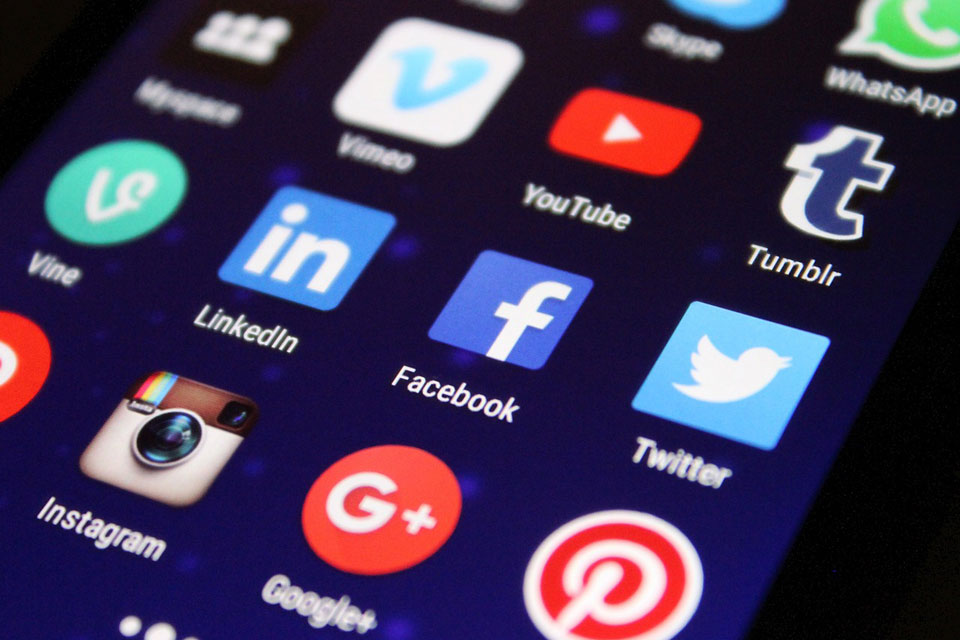Marketers use just 42% of their ‘martech stack’ capabilities
Gartner surveyed 324 marketers in May and June 2022 to determine the state of marketing technology acquisition, adoption and use.
“CMOs reported allocating a quarter of their entire marketing expense budgets to marketing technologies in 2022,” said Benjamin Bloom, VP Analyst in the Gartner Marketing practice.
“Despite turbulent budgets in previous years and current economic headwinds, tech investments are a priority for CMOs and proving their ROI is more crucial than ever,” Bloom said. “Yet the challenges associated with martech underutilization, such as new business models and disrupted customer journeys, are making it difficult for marketers to demonstrate technology’s value.”
The 16 percentage point drop in overall martech utilization in the past two years can be attributed to a significant amount of overlap among marketing technology solutions (30% of respondents), difficulty identifying and recruiting talent to drive adoption/utilization (28%), and complexity/sprawl of the marketing technology ecosystem (27%).
Martech Stacks Prepare for a Cookieless Future With New Adtech and Commerce Capabilities
One of the tools identified by survey respondents that support innovative marketing channels was social commerce, with 62% of respondents saying they have deployed, or plan to deploy, such technology (see Figure 1). Technology to support advertising execution and measurement in audio and streaming/connected TV (CTV) environments has also found a base of support, with 65% of respondents exploring or piloting associated technologies.
Figure 1. How Marketing Leaders Are Leveraging Technology to Support Emerging Activities (% of Respondents)

Source: Gartner (September 2022)
“The fact that marketers are already leveraging technology to support emerging activities underscores their desire to outfox the competition and get a head start on controlling their own destinies in a world of more fallible identifiers,” said Bloom.
To maximize the value of martech investments, Gartner recommends marketing leaders:
- Infuse marketing technology adoption and utilization goals into team performance objectives to minimize wasted investments.
- Manage the risk of expensive integrated suite investments. Establish alternatives to preserve negotiation leverage and persistently validate the vendor’s ability to support desired martech capabilities.
- Review the approach to supporting customer journey orchestration with technology to ensure that martech and IT collaborate through capability-focused delivery teams using an iterative approach.
- Avoid leaving investments in tools and technologies for social commerce, podcast advertising and CTV/over-the-top (OTT) streaming advertising to agencies or service providers by default. Pursue long-term in-house capability development around these tools and include them in their martech roadmap.











